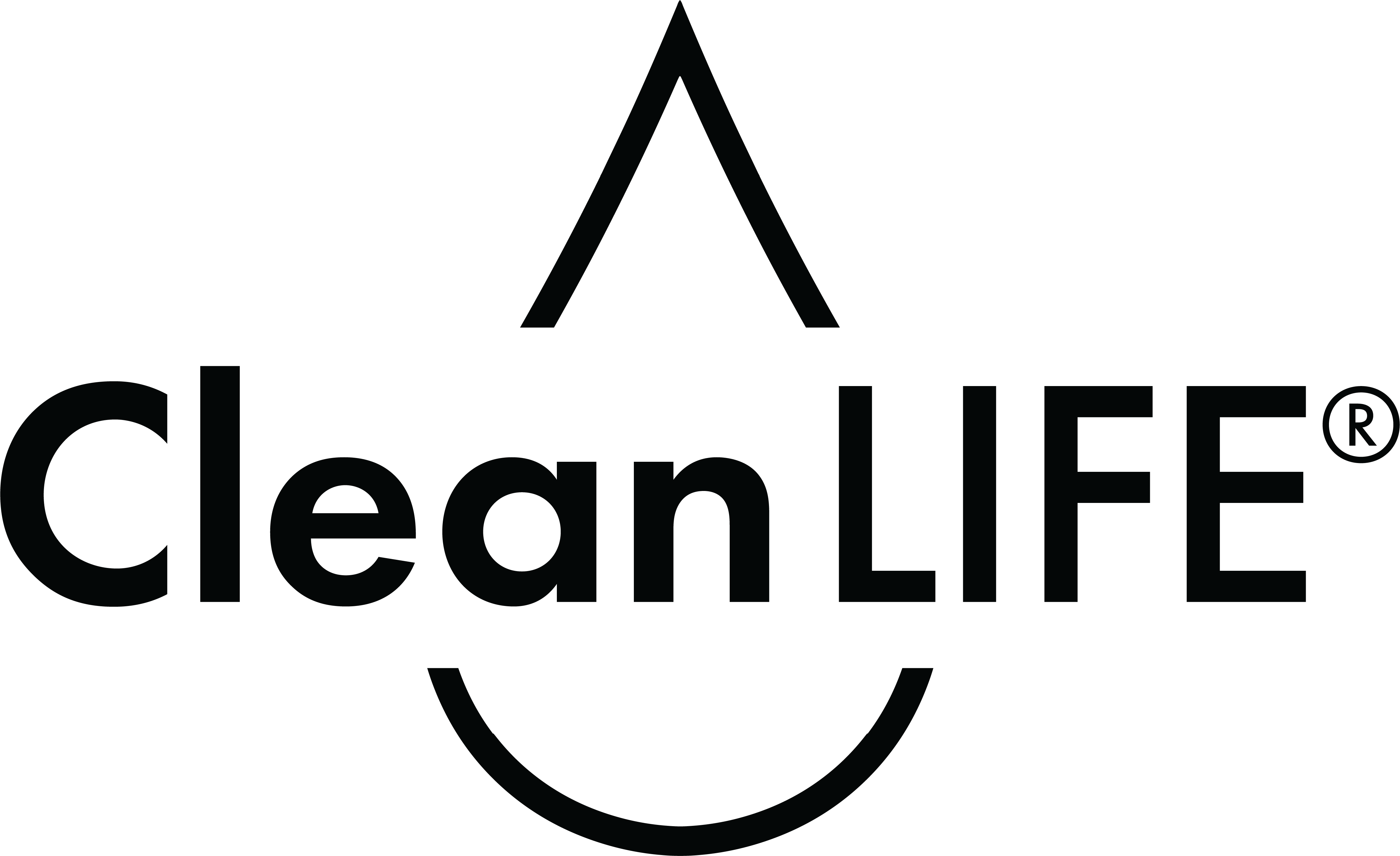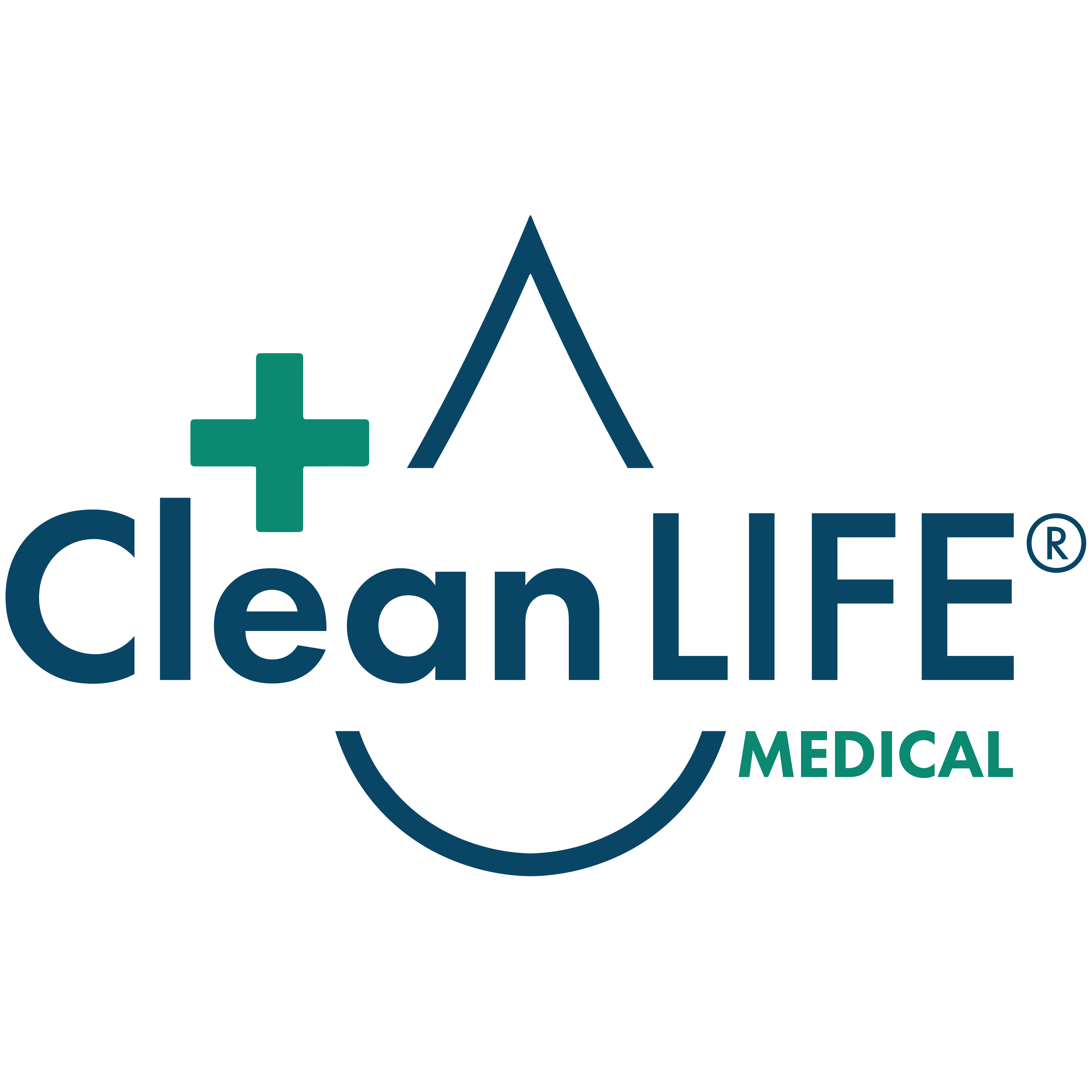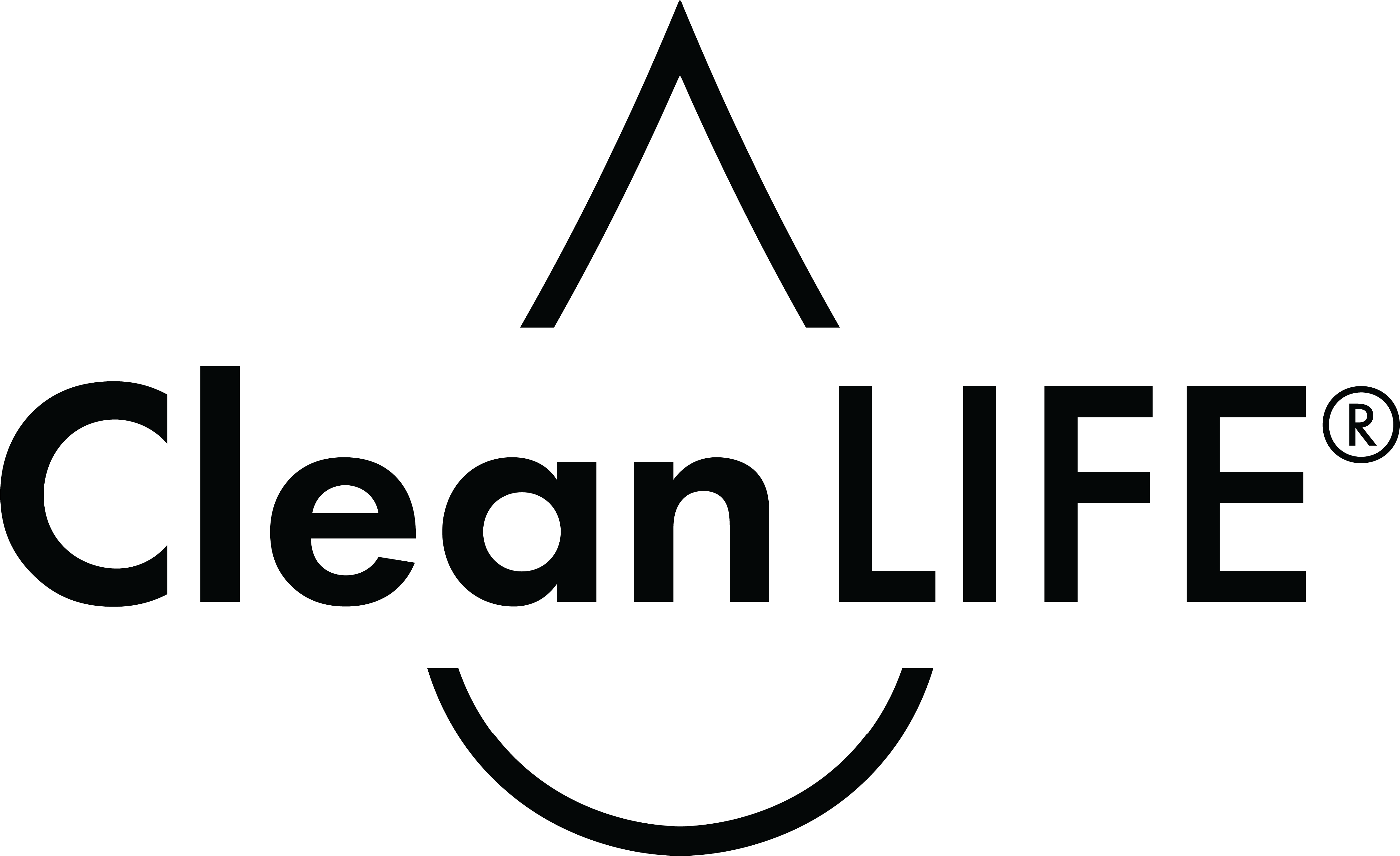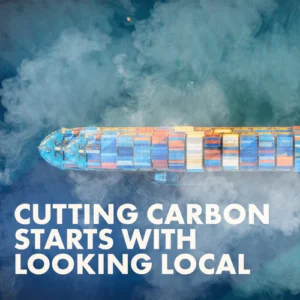Wherever you are, it seems everyone is talking about the need to cut Greenhouse Carbon emissions (GHC), and associated buzz words linked such as net zero, carbon-neutral, offset carbon etc. All discussions usually funnel towards investing in solar, wind, hydrogen and other renewable energy methods to support green initiatives.
These actions are crucial for big commercial companies to combat the years of environmental destruction caused by their industries. However, it is important to know that the everyday consumer hold the potential to cut tens of thousands of GHC tonnage just by knowing two vital pieces of information about the products we buy:
- How much water is in the product I’m buying; and
- Where is this product made?
Let’s use the example of the everyday wet wipe used at home, in the workplace, in gyms, public locations and in schools. The obvious fact about wet wipes is they are wet because they are predominantly water. When you pull out a wet wipe, approx. 75% of its weight is water, the remaining 25% is the fabric. Whether it is a disinfectant wipe, cleaning wipe, or personal wipe the active ingredients are likely to be <0.1% of the total weight of the wipe.
Currently, almost 96% of wet wipes in Australia are imported and as a country, the number of wet wipes used each year is estimated to be greater than 15,000,000,000 (yes that number is 15 BILLION wet wipes!). Based on the average wet wipe size and weight, this equates to almost 27,000 tonnes of water imported into Australia each year from wet wipes alone. For the sake of the exercise, if we assume the route from Shanghai to Melbourne was where wet wipes are all sourced (not the case, only a hypothetical scenario), approx. 10,000 tonnes of carbon dioxide is generated from the shipping component alone. This statistic doesn’t take into consideration any additional methods of production and/or the associated supply chains in foreign countries. The reality is, that the offshore transportation of wet wipes to Australia branches from the 3 continents of Asia, Europe and North America, suggesting the hypothetical scenario and estimated total carbon weight of 10,000 tonnes is exceptionally conservative.
This example is for wet wipes, but what about other everyday consumables? Soaps, gels, shampoos, washing liquids, sprays, liquid cleaners… the mind boggles. Let’s not even start on bottled water! With little effort, the count on GHC emissions generated from products being shipped to Australia every day, products that are predominantly water could cut 100,000 tonnes? 200,000 tonnes? Maybe 500,000 tonnes of carbon from the atmosphere each year by simply looking for locally made alternatives.
Understandably there is the rebuttal that there is carbon generated from road freight of products around Australia, but in comparison to imported water from the other side of the world, that number is a small fraction. These figures purely reflect the environmental benefits, without any mention of the economic benefits (perhaps one to delve into for a future article).
You don’t need to spend thousands on solar panels or wind turbines to make your contribution to cutting carbon, you just need to know what you’re buying. Next time you’re about to buy, understand how much water is in that product you’re about to take away, and more importantly how much carbon did it generate for that product to get on the shelf.



